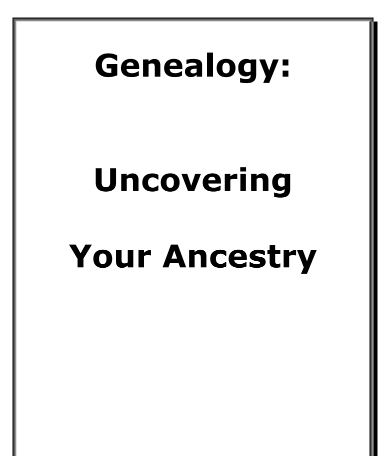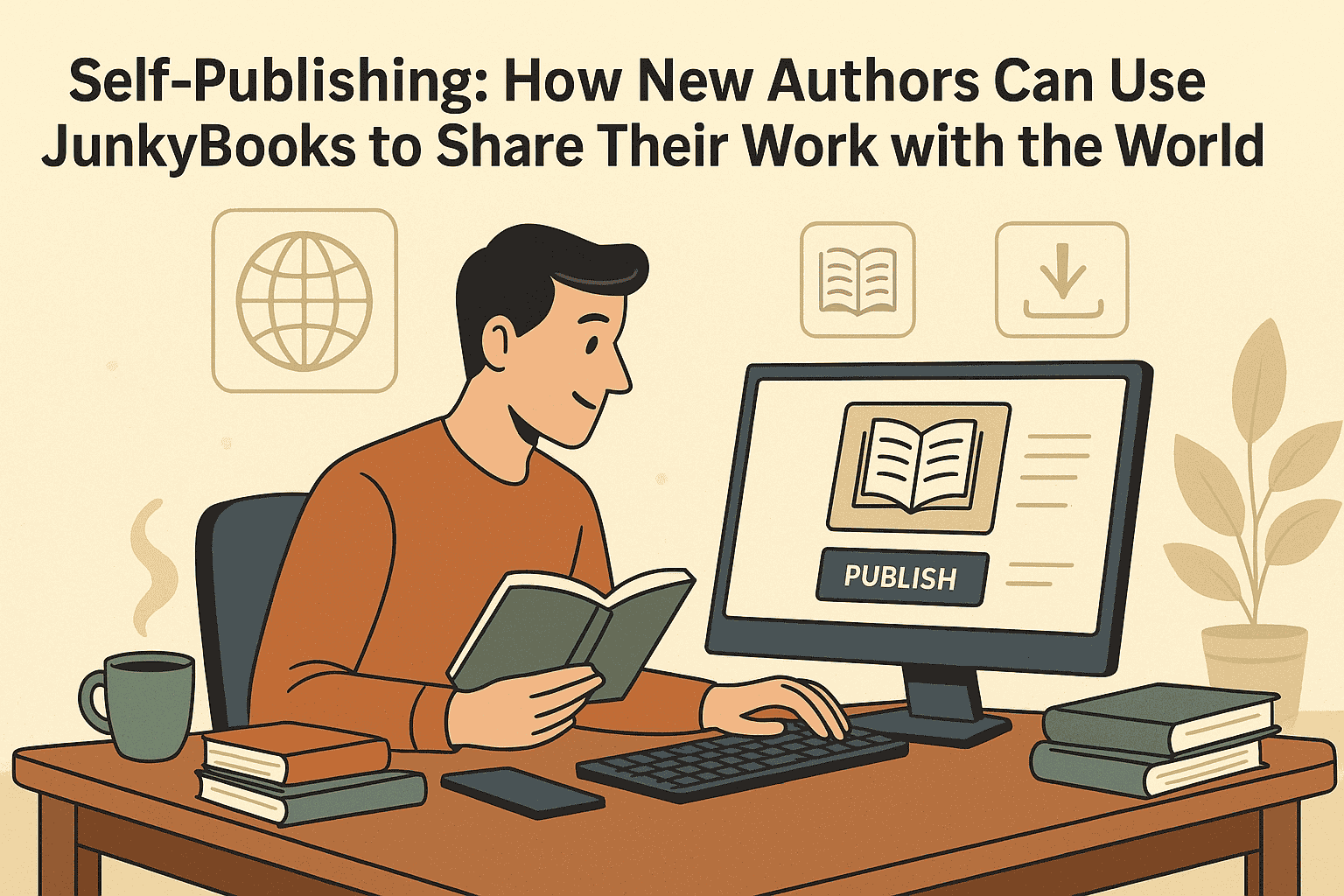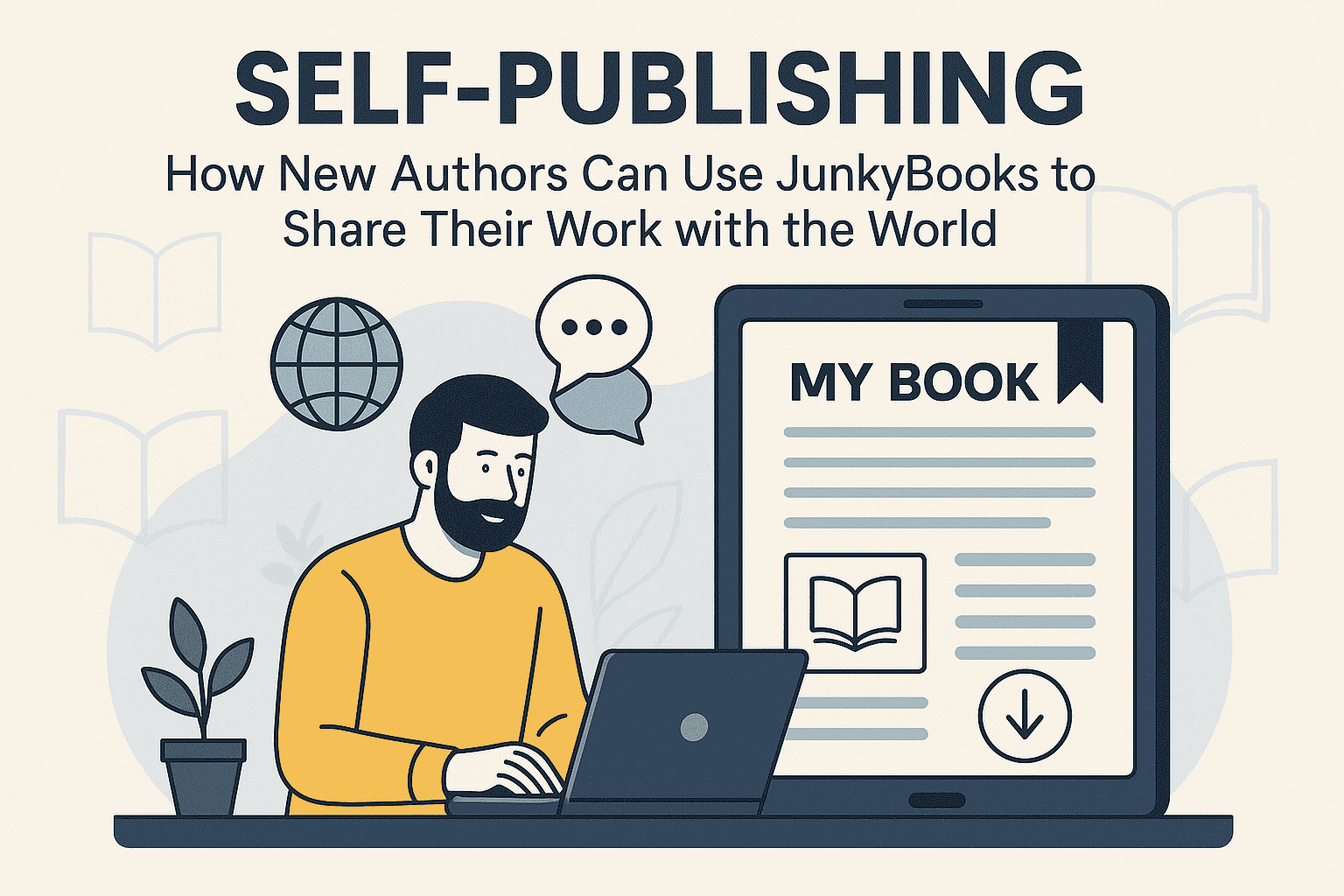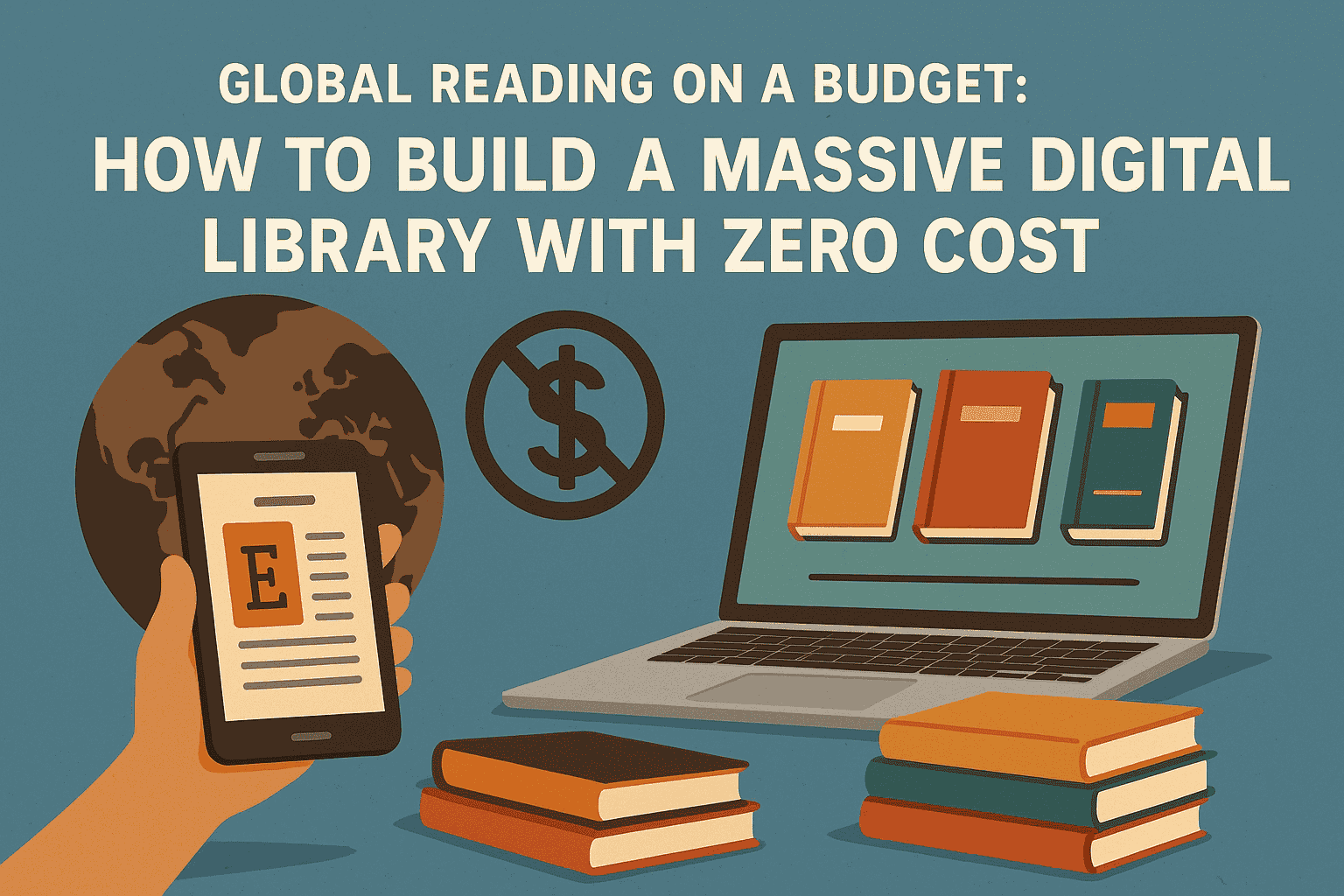CRISPR-Cas9: Redefining Genetic Engineering and Ethical Boundaries
Genetic engineering has long been the stuff of science fiction—designer babies, disease-free generations, and crops that grow in barren soil. But with the rise of CRISPR-Cas9, what once seemed speculative is rapidly becoming reality. This revolutionary gene-editing technology has not only transformed biological research but also raised profound questions about ethics, responsibility, and the very future of humanity.
CRISPR (Clustered Regularly Interspaced Short Palindromic Repeats) paired with the Cas9 enzyme functions like molecular scissors, enabling scientists to edit DNA with remarkable precision. Whether it's eradicating genetic diseases, enhancing crops, or potentially editing human embryos, CRISPR-Cas9 stands at the forefront of 21st-century science. But as we push the boundaries of what is biologically possible, we must also grapple with what is morally acceptable.
What is CRISPR-Cas9?
CRISPR-Cas9 originated from a natural immune system found in bacteria. In the microbial world, CRISPR sequences allow bacteria to remember and defend against viruses. When paired with the Cas9 protein, which cuts DNA, this system can be repurposed to target and modify specific genes in virtually any organism.
The process works like this:
-
A guide RNA (gRNA) is designed to match a target DNA sequence.
-
The Cas9 enzyme follows this guide to the precise location in the genome.
-
Cas9 makes a cut in the DNA, which can then be edited—genes can be deleted, inserted, or corrected.
This level of accuracy and ease of use has made CRISPR-Cas9 a game-changer, offering faster, cheaper, and more accessible gene editing than ever before.
Breakthrough Applications in Science and Medicine
The versatility of CRISPR-Cas9 has opened doors in multiple fields:
1. Curing Genetic Diseases
CRISPR has shown promise in treating inherited disorders like:
-
Sickle Cell Anemia
-
Cystic Fibrosis
-
Duchenne Muscular Dystrophy
By correcting faulty genes at the DNA level, researchers aim to provide long-lasting or even permanent cures. In 2020, patients in clinical trials for sickle cell disease were successfully treated using CRISPR-modified stem cells.
2. Fighting Cancer
CRISPR is being used to edit immune cells to better recognize and attack cancerous cells. The technology allows for more effective and personalized immunotherapies, marking a significant step in oncology.
3. Enhancing Agriculture
Genetic engineering of crops using CRISPR can lead to:
-
Drought-resistant plants
-
Pest-resistant varieties
-
Higher nutritional value
Unlike traditional GMOs, CRISPR can make subtle changes without introducing foreign DNA, making edited crops potentially more acceptable to the public.
4. Combating Infectious Diseases
CRISPR has also been explored in the fight against viruses like HIV and COVID-19. Researchers have used CRISPR tools to identify viral RNA and potentially deactivate it inside human cells.
The Ethical Dilemma: Where Should We Draw the Line?
Despite its potential, CRISPR-Cas9 has sparked a global debate around bioethics and scientific responsibility.
1. Germline Editing and “Designer Babies”
Editing the DNA of embryos (germline editing) means changes will be passed on to future generations. In 2018, Chinese scientist He Jiankui shocked the world by claiming to have created the first CRISPR-edited babies to resist HIV. The scientific community widely condemned the experiment for its lack of oversight, informed consent, and long-term safety data.
This raised urgent questions:
-
Should we allow edits that affect future generations?
-
Who decides which traits are desirable?
-
Will genetic enhancement widen the gap between the rich and the poor?
2. Genetic Equity and Access
As CRISPR becomes a therapeutic tool, access becomes a critical issue. If only the wealthy can afford genetic enhancements or disease prevention, we risk creating a new kind of inequality—biological elitism.
3. Ecological Risks
In agriculture and environmental science, CRISPR has been proposed to eliminate invasive species or spread disease-resistant genes in wild populations. But these changes could have unpredictable ecological consequences, leading to irreversible damage.
4. Unintended Consequences
Even with its precision, CRISPR can produce off-target effects—unintended edits that may lead to harmful mutations. Until we fully understand the long-term outcomes, the widespread application of CRISPR must proceed with caution.
Regulation and Oversight
Currently, regulations vary dramatically by country:
-
In the U.S., the FDA oversees CRISPR applications in medicine, while the USDA regulates its use in agriculture.
-
In Europe, CRISPR-edited organisms are treated as GMOs and face stringent restrictions.
-
China has invested heavily in CRISPR research but faces criticism over lax enforcement of ethical standards.
Calls are growing for international consensus and governance. Organizations like the World Health Organization and National Academies of Science have urged for moratoriums on germline editing until ethical frameworks and public dialogue catch up with the science.
CRISPR in Popular Culture and Fiction
The power and controversy of CRISPR have not gone unnoticed in literature and media. From novels and films depicting designer humans to dystopias featuring genetic discrimination, speculative fiction is already engaging with the implications of CRISPR.
Such portrayals serve a dual purpose:
-
They warn of possible misuse and unintended consequences.
-
They spark conversation about the future we want to build.
Fictional works like Gattaca, Orphan Black, and The Perfect Gene demonstrate how genetic engineering may both uplift and endanger society. These stories push us to consider what it means to be human in a world where biology can be edited like code.
The Promise of CRISPR: A Balanced Perspective
To move forward responsibly, we must embrace a balanced approach:
-
Support CRISPR for disease treatment and sustainable agriculture.
-
Encourage public discourse on ethical boundaries.
-
Enact transparent regulatory systems that prioritize safety and equity.
CRISPR is a tool—neither good nor bad in itself. Its impact depends on how we wield it, and for what purpose. Like the printing press or the internet, it has the potential to redefine the human experience—but only if guided by wisdom, empathy, and foresight.
The Future of CRISPR-Cas9
Looking ahead, CRISPR is evolving beyond Cas9. Newer versions like Cas12, Cas13, and prime editing offer even more precise and versatile methods for gene modification.
We’re also seeing the emergence of:
-
CRISPR-based diagnostics: Tools that can detect viruses or bacteria in real time
-
In vivo editing: Techniques to edit genes directly inside the human body
-
Synthetic biology: The creation of entirely new genetic sequences for novel functions
As these developments unfold, CRISPR is poised not just to treat diseases but to transform biology, industry, and society itself.
Conclusion
CRISPR-Cas9 is redefining the landscape of genetic engineering, offering unprecedented opportunities to heal, improve, and reshape life. At the same time, it confronts us with ethical dilemmas that we cannot ignore. In this age of biological power, the future will be shaped not just by what CRISPR enables, but by the values we uphold as we use it.
We stand at a crossroads where science meets philosophy, where innovation demands introspection. As we harness the potential of CRISPR, we must ask: not just what we can do—but what we should do.








